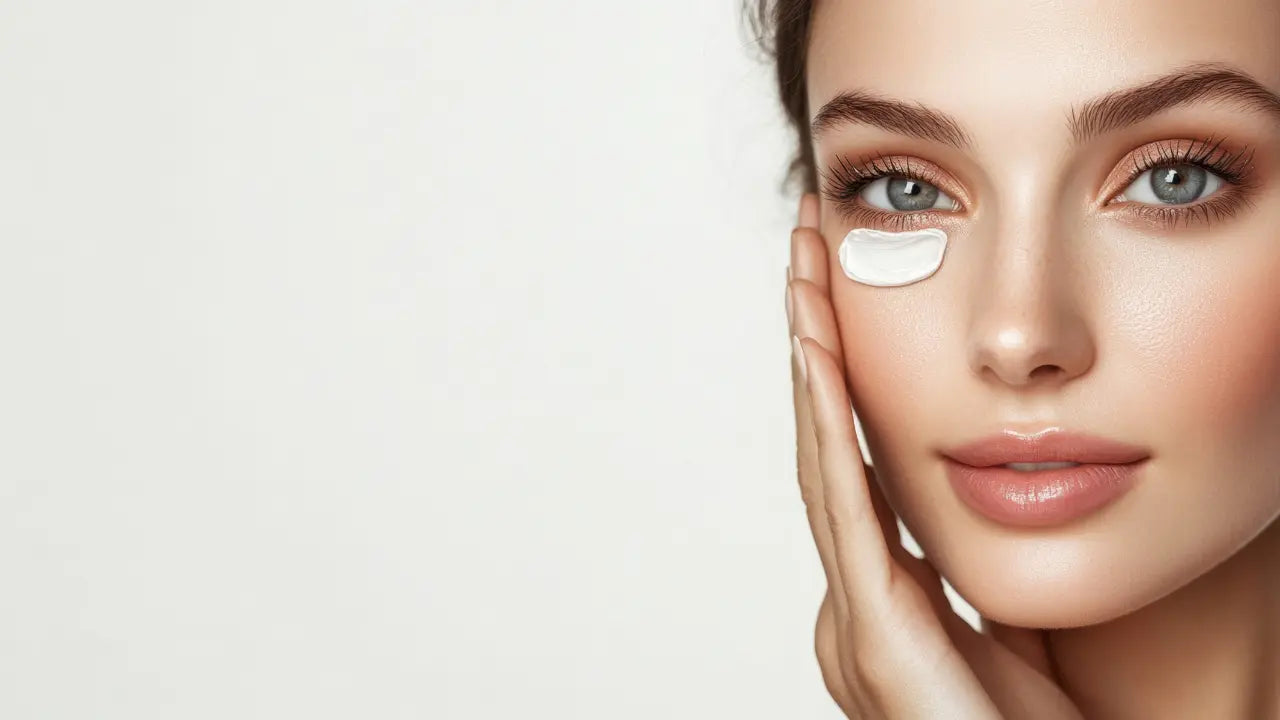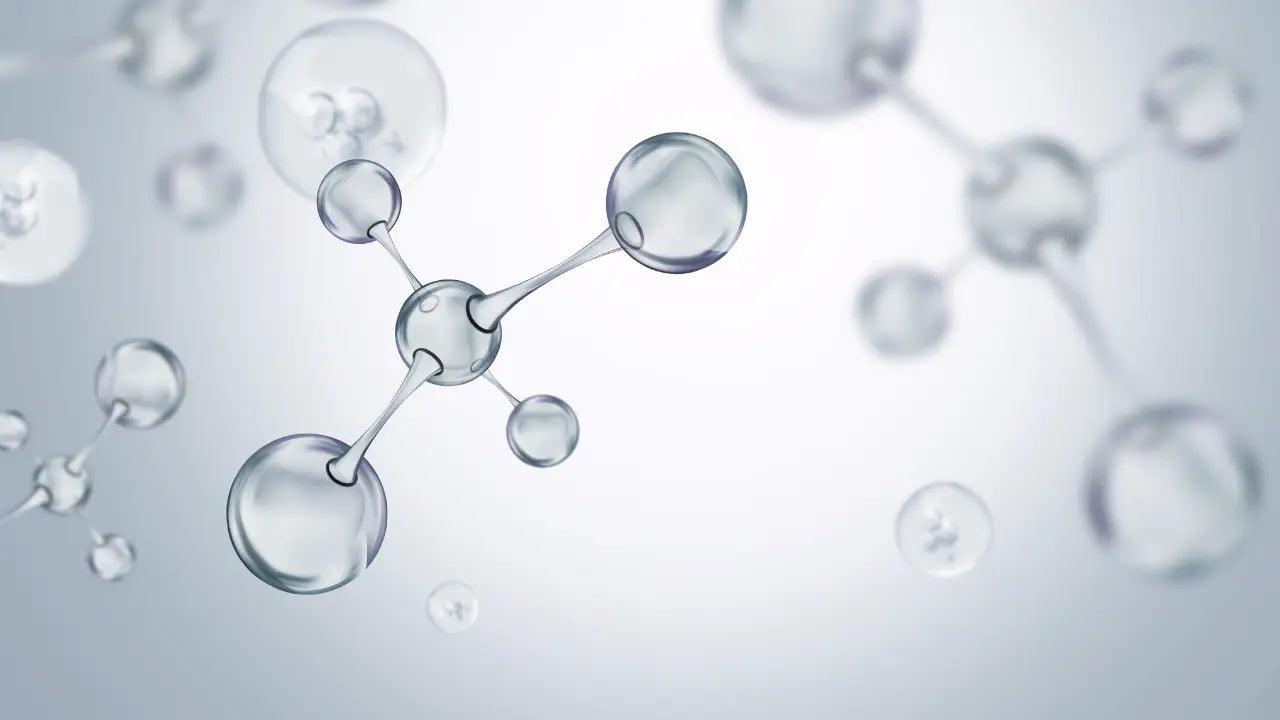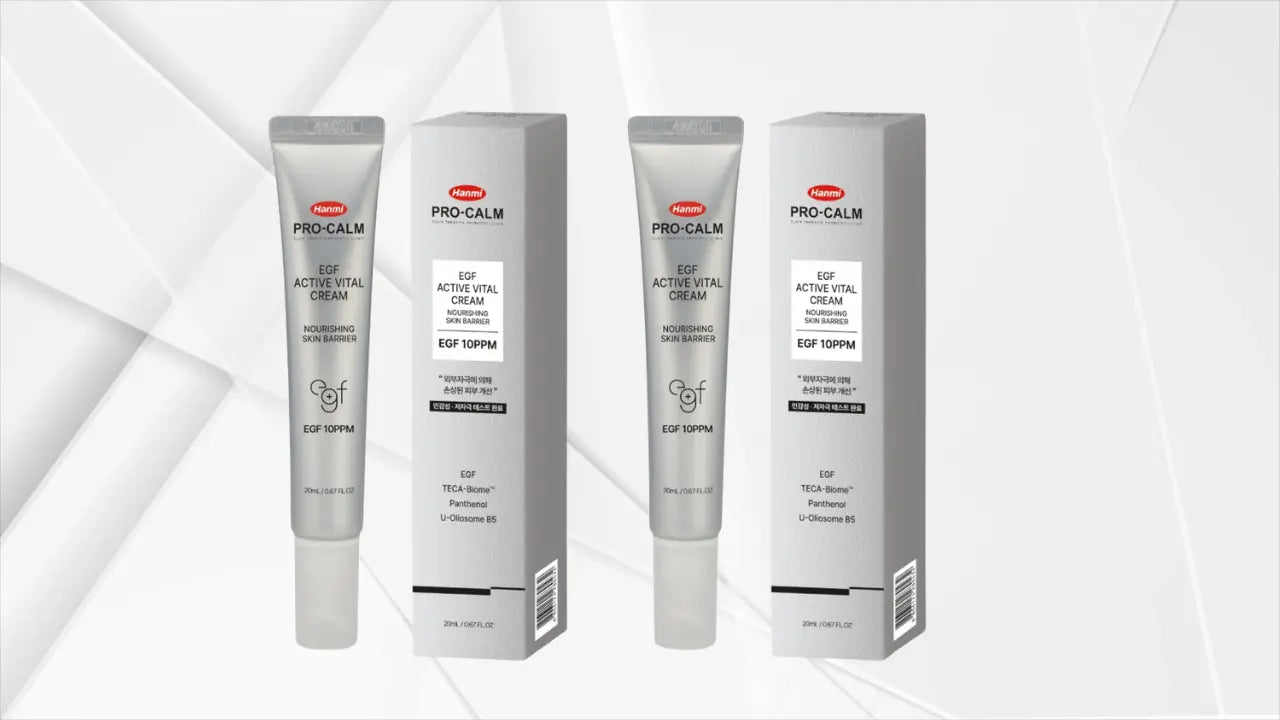If you’re curious about gentle exfoliation, the Papa Recipe Blemish Enzyme Powder Cleanser is a water-activated face wash that uses proteolytic fruit enzymes to lift dead surface cells while it cleanses. I reached for it on days when a scrub felt too harsh and an acid felt like too much, and I paid attention to how it performed across humidity swings, central heating, and makeup days. Dermatologists consistently recommend washing with a mild, non-abrasive cleanser, and this category aims to do exactly that without rough particles. Америкийн Сувилагчдын Академи
What this enzyme powder cleanser is and why it matters
Powder face washes are dry blends that bloom into a silky foam when you add water. The active draw here is enzymatic exfoliation, a process where proteases like papain and bromelain help dissolve the protein bonds that hold dull, dead cells at the skin’s surface. In plain English, they nudge off what’s ready to shed while leaving the fresher layer alone, which can make skin feel smoother and makeup sit better. Recent peer-reviewed work describes enzymatic exfoliation as a gentler alternative to scrubs and low-pH chemical peels because enzymes don’t require harsh acidity to function and can be easier on the barrier when formulated well. mdpi.com
When I activate a small pile of this powder in damp palms, it behaves like a low-foam cleanser with a soft, cushiony slip. That’s part of the appeal for sensitive or acne-prone skin; there’s no grit to over-scrub, and the foam rinses without the squeaky tightness that often signals an alkaline cleanser. Keeping cleansers closer to skin’s natural acidity matters because classic alkaline soaps can disrupt barrier lipids and leave skin more vulnerable to dryness and irritation; dermatology resources have documented this for years and continue to recommend mild, pH-considerate cleansing. DermNet®
Enzymes vs acids in plain language
Acids such as AHAs and BHAs loosen the “glue” between corneocytes and are often formulated at low pH to be effective. Enzymes work differently, targeting proteins like keratin in the outermost layer and encouraging the same end result—shedding what’s ready to go—without relying on acidity. That’s why many people find enzyme cleansers easier to slot into routines that already include leave-on actives. The literature also notes enzymes’ potential for smoother texture with a lower risk of over-exfoliation when used appropriately, though sensitivity varies by person. mdpi.com
Why choose the Papa Recipe Blemish Enzyme Powder Cleanser
If your main concern is keeping pores clearer without rough scrubbing, the powder format makes sense. It’s travel-friendly, easy to dose, and—importantly—rinses clean. In day-to-day use, I noticed the foam stayed fine-bubbled and didn’t leave residue under sunscreen, which is crucial if you wear makeup. As the namesake suggests, the formula is built for blemish-prone days, yet it’s notably mild in the moment; on my combination skin, it left cheeks comfortable while giving the T-zone that just-right clean. For readers ready to shop, you can find the Papa Recipe enzyme powder cleanser in a large, economical size that suits regular use.
Texture, scent, and what I noticed
This powder dissolves quickly with a few drops of lukewarm water and spreads like a serum-light gel as you massage. There’s a faint, clean scent that doesn’t linger, and it rinses without a film. On drier days under heating, I preferred a shorter cleanse time; on humid afternoons, I let the foam sit a few extra seconds on the nose and chin before rinsing. Results will vary by skin type, but in my experience it played well under makeup without causing pilling.
Who it’s for, and when to skip or go slow
If you’re oily to combination and want smoother texture without aggressive scrubs, this style of cleanser may help. If you’re sensitive, start slowly—enzymes are gentler than many acids, but they’re still exfoliants. Patch testing a new product is always wise; dermatologists suggest applying to a small test area twice daily for up to a week to watch for irritation before using it widely. Америкийн Сувилагчдын Академи
Anyone managing acne can still benefit from gentle, regular cleansing up to twice daily, especially after sweating, and doing so with your fingertips rather than washcloths to reduce friction. That advice helps set expectations for cleansers in general: they remove debris and support your leave-on treatments, but they aren’t a substitute for them. Америкийн Сувилагчдын Академи On days when your barrier feels compromised—tight, itchy, or unusually red—switch to a straightforward non-exfoliating wash and a barrier-supporting moisturizer until things settle. For extra comfort in that phase, a cica cream to calm visible redness can be a good interim choice, and a ceramide barrier cream for drier days helps lock in water after cleansing.
How to use & routine pairings without over-exfoliating
I get the best texture when I dispense about half a teaspoon, add a trickle of water, and lather in damp palms before massaging over the face for 20–30 seconds. AM or PM both work; the key is spacing from other exfoliants. If you already use a leave-on AHA/BHA or retinoid, try enzymes in the morning and actives at night, or alternate days. Dermatologists emphasize gentle techniques and complete rinsing, which this formula makes easy because the lather collapses cleanly without harsh surfactants. Америкийн Сувилагчдын Академи
If you wear water-resistant sunscreen and heavier makeup, consider a “first cleanse” with an oil before the powder step. That said, you probably don’t need to double cleanse every night; experts note that one thorough cleanse with an appropriately gentle product is sufficient for many skin types. I reserve a first cleanse for long-wear makeup or SPF reapplications and otherwise keep it simple. When you do want that extra step, a heartleaf cleansing oil for a first cleanse removes film-forming products cleanly before the powder. Cleveland Clinic After rinsing, cushion the skin immediately with a lightweight hyaluronic cream after exfoliation so the fresh surface doesn’t feel tight.
Variants and alternatives: powder, gel, oil, or foam
Not every day calls for an enzyme step. On nights when my skin is moody, a plain gel or cream cleanser keeps the barrier calm. The science community continues to evaluate surfactants and pH, but a broad takeaway remains steady: avoid harsh, alkaline soaps that can disrupt barrier lipids and contribute to dryness; pH-balanced, mild cleansers are a safer default. DermNet® If you enjoy a fluffy lather without exfoliation, a classic foaming wash can be your “off-day” option, while the powder comes out when you need a smoother canvas.
Comparisons & narrative FAQs
Is an enzyme cleanser as strong as an AHA/BHA? It’s different rather than stronger or weaker. Enzymes help break down keratin at the surface; acids dissolve the bonds between cells using low pH. Many people experience similar glow and softness with less sting, but response varies widely. The 2025 review literature positions enzymatic exfoliation as an effective, barrier-considerate option when formulated and used correctly. mdpi.com
Should I double cleanse every day? Probably not. If you aren’t in heavy makeup or water-resistant SPF, dermatology sources note that one thorough cleanse is often enough, and overwashing can backfire by irritating the skin. Use your judgment based on the day’s buildup and how your skin feels afterward. Cleveland Clinic
What about pH and “squeaky clean”? A tight, squeaky feel often signals a cleanser that’s too alkaline or too stripping for your skin. Keeping cleansers mild and pH-considerate helps preserve barrier lipids and reduce dryness. DermNet®
Do I need to patch test a cleanser? If you’re sensitive, it’s worth it. Apply a small amount to a discreet area twice daily for several days before using widely to check for irritation, as professional guidance suggests. Америкийн Сувилагчдын Академи
What do I apply after? Replenish with humectants and emollients. If redness is your pattern after cleansing, a cica cream to calm visible redness is a handy buffer. If you’re dry, lean into a ceramide barrier cream for drier days at night.
a soft, smart way to try enzymes
The Papa Recipe Blemish Enzyme Powder Cleanser aims for a sweet spot between “just a face wash” and “full-on exfoliant.” It may help skin look a touch clearer and feel noticeably smoother without the grit or sting that puts many people off scrubs and acids. Keep it gentle, listen to your skin, and pair it with replenishing steps. If you’re enzyme-curious, starting here is an approachable way to test the category before committing to leave-on actives, and you can always reserve it for makeup-heavy days or weekly polish-ups depending on how your skin responds.




